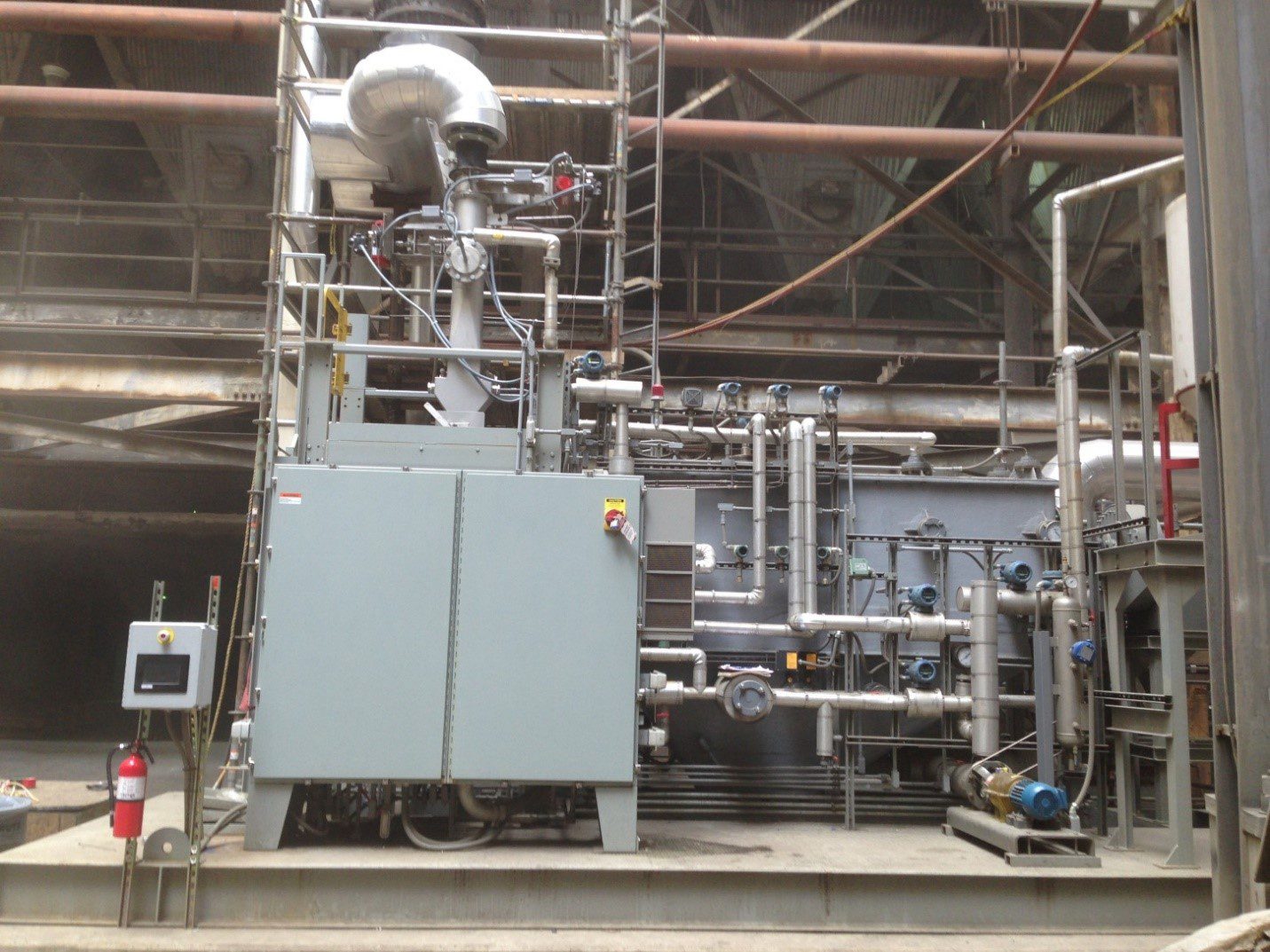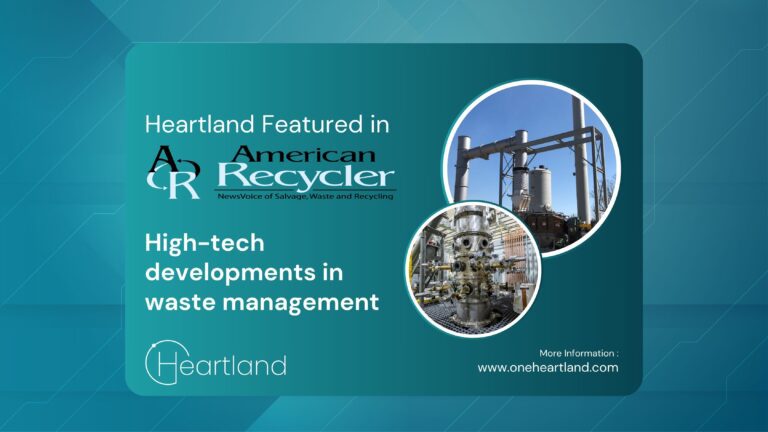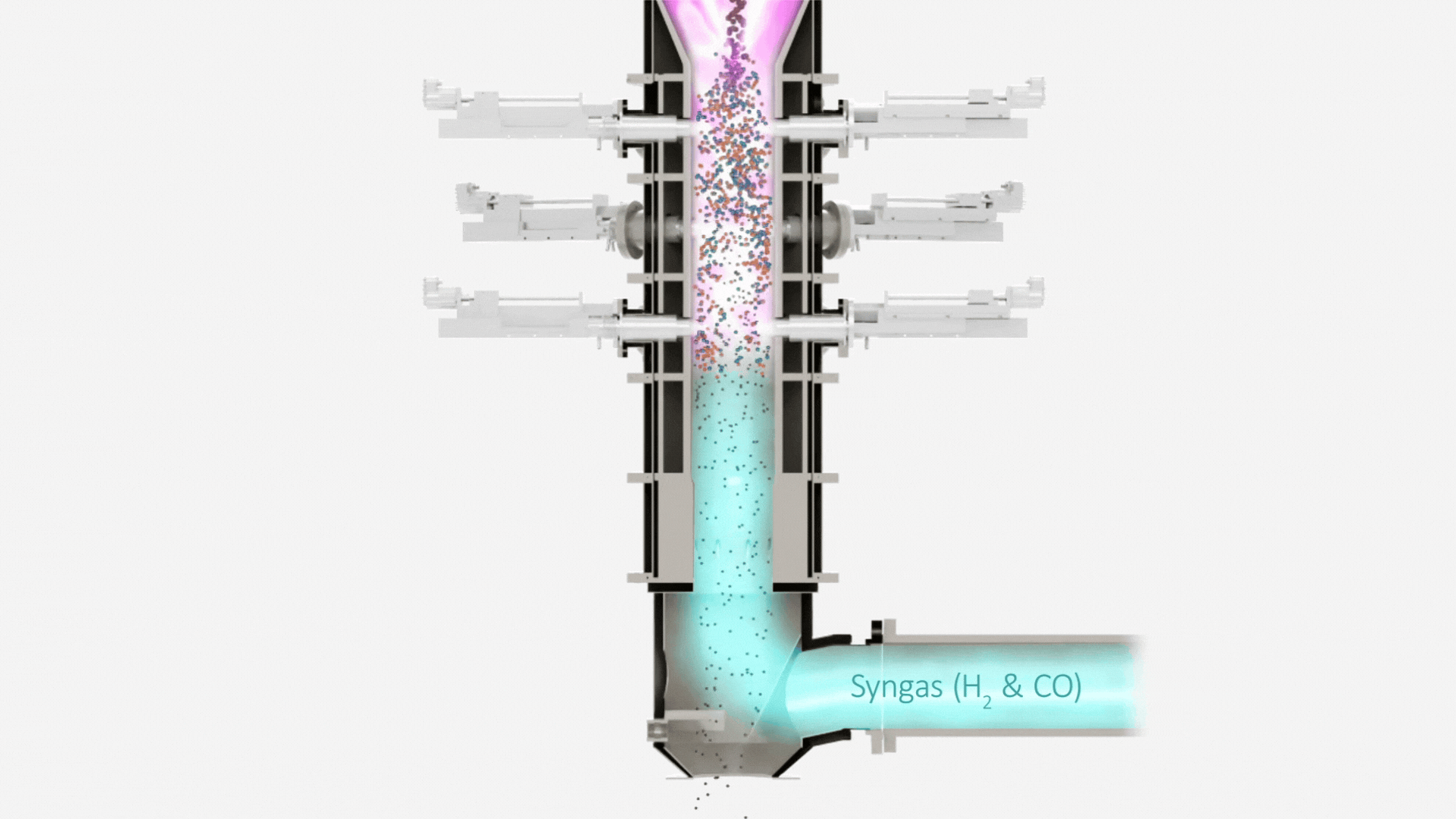Power Magazine: Upheaval and Innovation in Wastewater Management

Novel evaporator. A flue gas desulfurization (FGD) wastewater treatment/concentration pilot project at a 952-MW coal-fired power plant showed that Heartland Water Technology’s LM-HT Concentrator was able to use flue gas heat as an energy source to drive its evaporative process. The test concluded that the concentrator could treat and concentrate FGD wastewater, resulting in a net water volume reduction of 90% to 95% with total dissolved solid levels of more than 400,000 mg/L in the circulating fluid, and yielding a slurry containing 70% to 80% total solids. Fly ash within the flue gas provided a net benefit to the system by aiding in the management and stabilization of precipitated salts from the concentrated brine. Courtesy: Heartland Water








